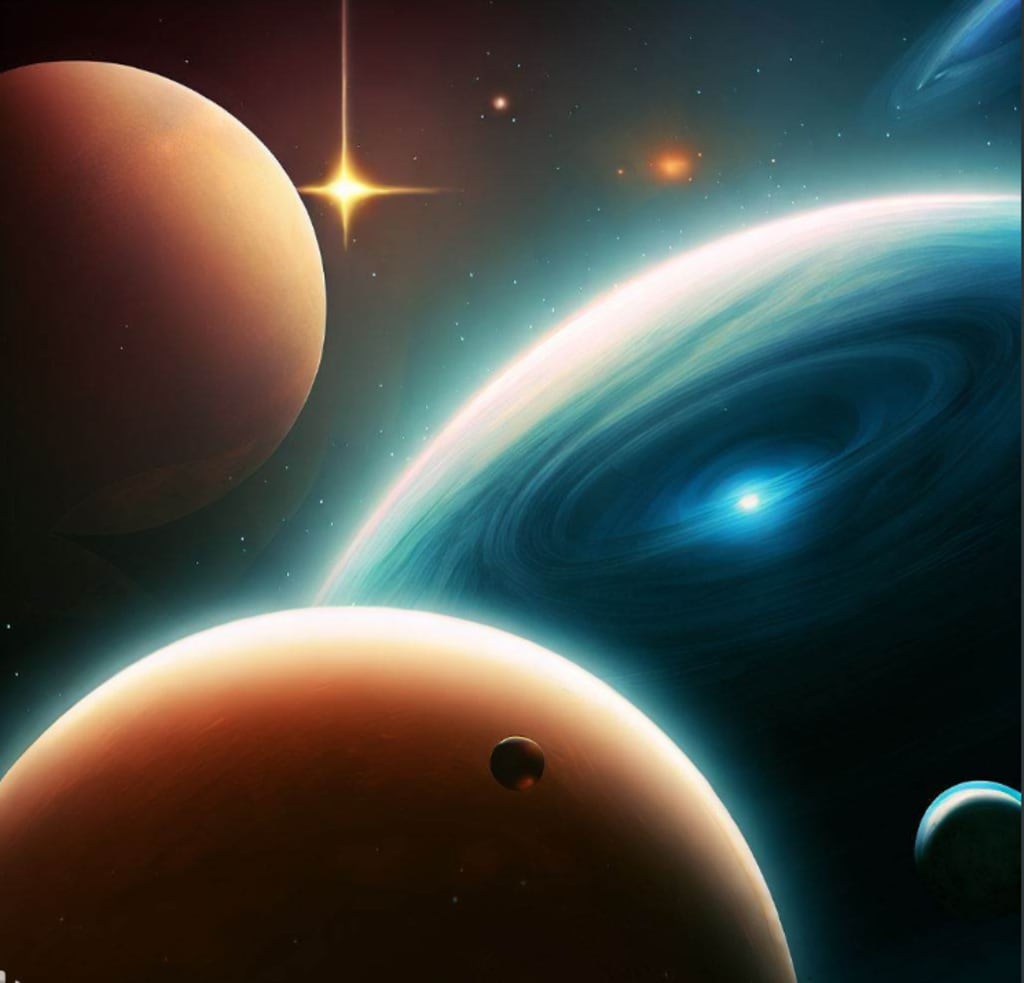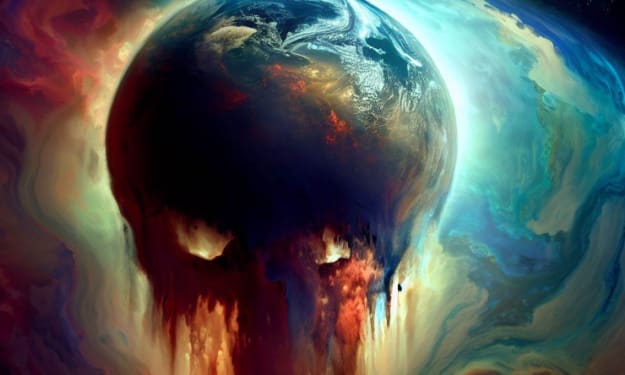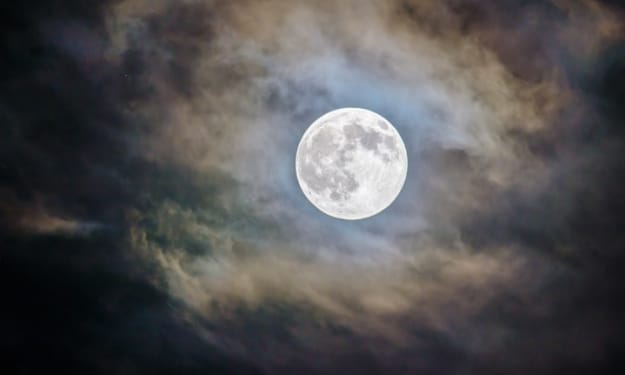The Surprising Truth About Planets: Rogue Worlds Roam Free!
Exploring the prevalence and mysteries of free-floating planets, challenging our perception of planetary existence and our cosmic position.

When you think of a typical planet in the galaxy, you might envision a small rocky orb or a giant gaseous sphere orbiting a nearby star. However, the truth is far more fascinating and unexpected—most planets don't actually orbit stars. Over the past decade, astronomers have been discovering an abundance of these free-floating planets, also known as rogue planets, challenging conventional wisdom about planetary formation and our place in the universe. Let's delve into how rogue planets are created and explore their mysteries that have left scientists pondering.
Creating a rogue planet can happen through various mechanisms, some of which may even stretch our current definition of what a planet is. The standard planetary formation story involves a baby star surrounded by a disc of gas, dust, rocks, and ice. As gravity and dramatic collisions condense some of this debris into planets, it can also set some of these newborn worlds on a rogue trajectory. Whether through gravitational interactions with other planets or passing stars, these unlucky planets get knocked out of their star systems.
Another scenario, known as core collapse, involves a massive blob of dust and gas with enough mass to collapse and form a planet. Although similar to star formation, it occurs with significantly less mass. Interrupted star formation processes can also lead to rogue planets, as disturbances in a stellar nursery can kick some potential planets out before they grow large enough, or energetic stellar winds blow away accumulated gas, preventing star formation and yielding a gas-rich planet.
While these scenarios demonstrate how rogue planets can form, we remain uncertain about the most common origin. Finding rogue planets is immensely challenging, given that traditional planet-finding techniques rely on the presence of a star. Methods like transit, radial velocity, astrometry, and direct imaging are geared toward detecting planets around stars. However, rogue planets are dark, tiny, and almost indistinguishable against the dark cosmic backdrop, making them incredibly elusive.
Gravitational microlensing, however, offers a solution. It allows astronomers to infer the presence of rogue planets by observing how they bend light. When a rogue planet briefly passes in front of a distant background star, it creates a microlensing event, distorting and magnifying the star's light. This phenomenon helps determine the mass of the lens (rogue planet) by analyzing the brightness and duration of the event.
Over the years, several studies have attempted to estimate the prevalence of rogue planets. The latest survey by the Micro Lensing Observations in Astrophysics (MOA) collaboration suggests that there could be anywhere from 8 to 44 rogue planets for every star. The MOA survey, based on over 3,500 potential microlensing events, found a range of masses for these planets, including smaller rocky bodies akin to or even less massive than Earth. This data indicates that Jupiter-sized planets may be easier to find, but rocky planets might be more numerous.
However, the margin of error remains significant due to the challenging nature of detecting rogue planets. The upcoming Nancy Grace Roman Space Telescope, set to launch around 2026 or 2027, is expected to revolutionize exoplanet research, including rogue planet detection. With a wide field instrument, Roman will provide a more precise count of rogue planets, significantly narrowing the estimate's uncertainty.
The discovery of abundant rogue planets raises intriguing questions about the formation of stellar systems and our understanding of planetary existence. Planetary formation appears more complicated than previously thought, and researchers now wonder if Earth might have lost potential sibling planets that remain to be found. Additionally, could rogue worlds harbor conditions suitable for alien life, and will astronomers need to redefine what qualifies as a planet?
From a broader perspective, this paradigm shift in our understanding of planets has implications for humanity's place in the universe. Our solar system already stands out as unique, and the prevalence of rogue planets further adds complexity to the cosmic landscape. As we continue exploring the mysteries of the universe, we realize that we are not the center of it all. Instead, our solar system and the formation of stellar systems might be more exceptional and diverse than we ever imagined, offering a humbling reminder of our cosmic significance.
About the Creator
Joey A.
I am a curious investigator of mysteries and an avid follower of news and facts. Delving into the depths of physiology to uncover the wonders of life's intricacies.
Enjoyed the story? Support the Creator.
Subscribe for free to receive all their stories in your feed. You could also pledge your support or give them a one-off tip, letting them know you appreciate their work.






Comments
There are no comments for this story
Be the first to respond and start the conversation.